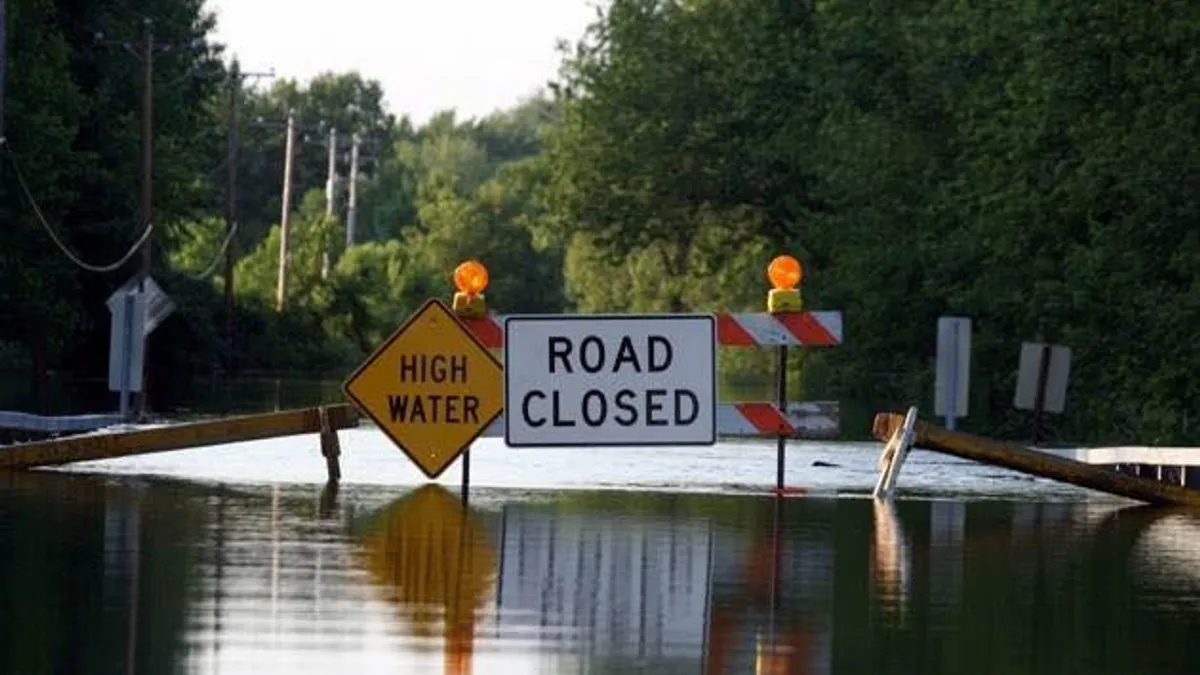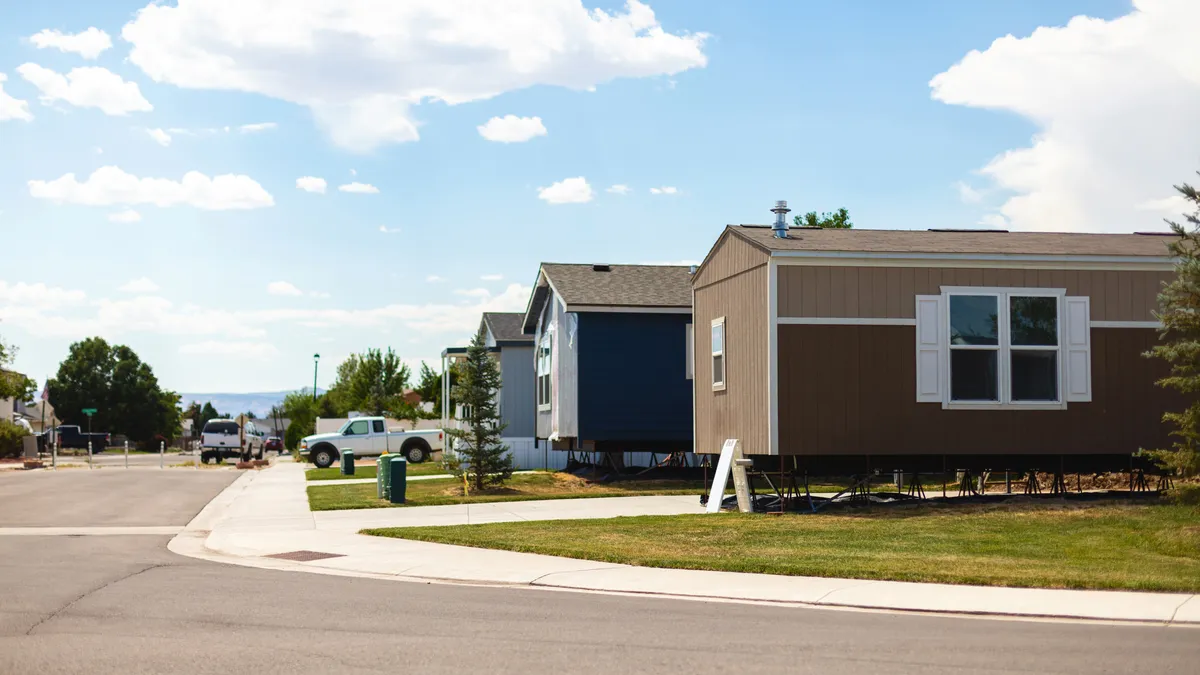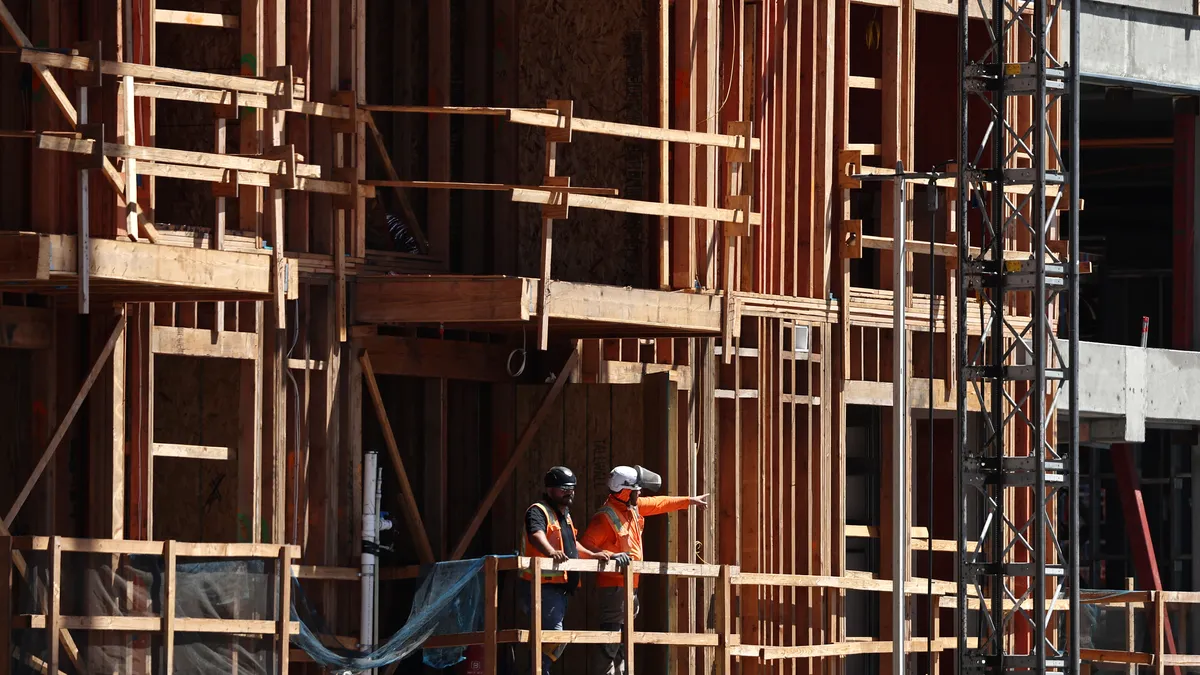Dive Brief:
-
A new tool from the National Oceanic and Atmospheric Administration offers a glimpse into the future with county-level predictions of possible scenarios for temperature and precipitation, Fast Company reported.
-
The Climate Explorer shows that the U.S. will see an increasing number of days with temperature maximums above 95 F in the coming years.
- The tool also allows users to view projected flooding and sea level rise data, showing where risk areas are currently and where they are likely to be in the future.
Dive Insight:
Quick-access tools like NOAA’s Climate Explorer can help builders decide where and how to build, especially as more pros look to incorporate resilient design strategies into their projects from the start.
Coastal regions like South Florida are already seeing the impact of rising sea levels, with the area experiencing a 4-inch rise since 1992 and projections showing increases of an additional 3 feet by 2060. Zillow estimates that nearly one million Florida properties, alone, are at risk of being underwater by 2100, with 2 million U.S. homes at-risk for flooding during that time.
For those existing properties, and new ones added to at-risk areas, resilient design is necessary to mitigate the effects of these changing climate events.
The practice found its way into the mainstream after Superstorm Sandy, according to Alex Wilson, president of the Resilient Design Institute, in Brattleboro, VT. Applications of resilient design can include reinforced infrastructure in areas vulnerable to earthquakes, levees and dams in flood-prone cities, and even elevated platforms and impact-resistant windows for homes in areas where hurricanes or tropical storms are common.
For more housing news, sign up for our daily residential construction newsletter.











